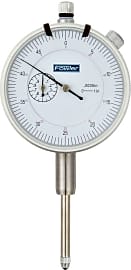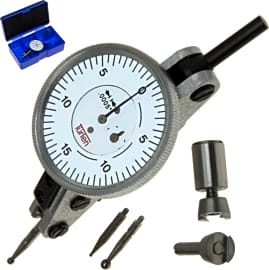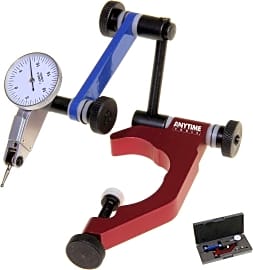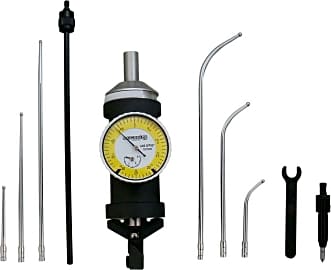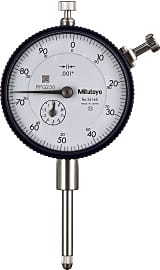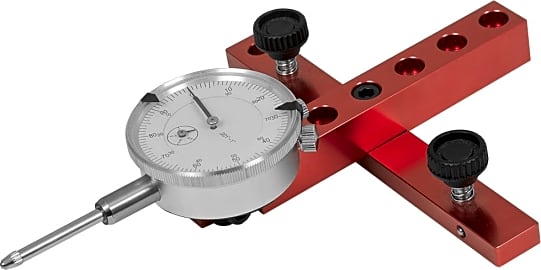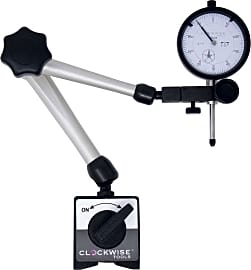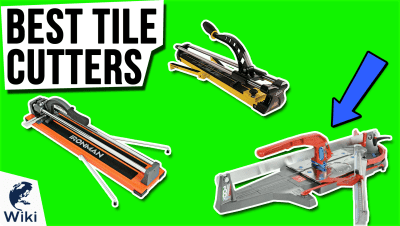The 8 Best Dial Indicators

This wiki has been updated 23 times since it was first published in August of 2019. Otherwise known as probe indicators or dial gauges, dial indicators are precision instruments used by machinists, mechanics and anybody else looking to measure dimensions too small to be observed by the naked eye. There are digital options on the market, and top-priced models that cost thousands, but we have focused on medium-priced, analog options at between $50 and $200. When users buy our independently chosen editorial choices, we may earn commissions to help fund the Wiki.
Editor's Notes
September 16, 2019:
Otherwise known as probe indicators or dial gauges, dial indicators are precision measuring instruments used by machinists, mechanics and anybody else looking to measure distances too small to be observed by the naked eye.
While there are digital options available in this category at all price points, it seems that most users still prefer a solid, tried-and-true analog instrument. Top-end offerings in this category can come with sizable four-figure price tags, but most users should able to find an instrument of acceptable quality for less than 200 dollars.
A few things to look for while shopping:
Mounting method: Dial indicators can be mounted multiple ways, including magnetic and clamp-on bases that attach to the respective instrument via dovetail bracketing, stem clamping or a shank stud and lug – attached to the offering's back plate. Which method is best for you will depend entirely on your intended uses for the device. Take a little time to consider what makes sense, and select an option that can accommodate this method, ideally coming with the hardware necessary to execute it.
Faceplate: Pick a faceplate that’s easy to read, that displays measurements in units that you’re comfortable working with (metric/imperial). If you’re looking to do primarily comparative measurements, look for an 0-15-0 faceplate with limit markers, if you’re more focused on linear measurements than perhaps a 0-100 style is more appropriate. Some options even display both.
Carrying case: This might sound like a no-brainer, but make sure that you have suitable storage setup for any option you’re considering ordering that doesn’t include a proper carrying case. Though higher-end models in this category might boast that they’re shockproof, at the end of the day these are delicate instruments that should be treated with care and stored carefully.


